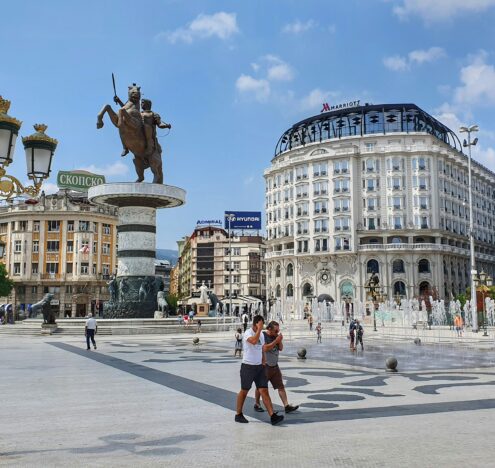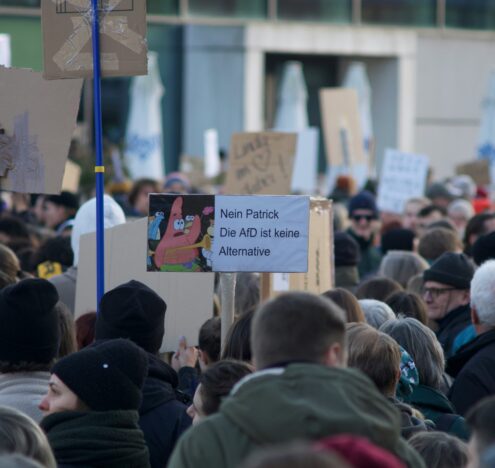This analysis was featured in Critical State, a weekly newsletter from Inkstick Media and The World. Subscribe here.
Burned as it is into the mind of US history students, the American Civil War is an outlier in the field, with its most meaningful divisions being geographic and ideological. Civil wars before, and especially after, have instead occurred among heterogeneous populations, with fault lines inscribed in blood much closer to the combatant’s homes. Closer, more intimate violence, carried out by small bands of fighters with infantry rifles, is distinct from imagined movements of mass formations and is much closer to the reality of civil wars and experienced by most people.
To better understand this kind of violence and the strategic logic/social impact behind it, the University of Oxford’s Samuel Ritholtz examines cruelty as a category for analyzing violence in conflicts. Defined as “the intentional infliction of pain and/or suffering,” cruelty sits as related to but distinct from other categories of violence, like atrocity and brutality, because what is essential for cruelty is that the intent is there, but the violence is optional.
All armed conflict is violence, but understanding the role of cruelty in shaping, escalating, and warping specific kinds of violence makes it a useful framework, especially for civil wars.
Cruelty can have an outsized role in warping the political outcomes during or after a conflict. This is partly because it can, if done in public, leave witnesses, who must now continue with their lives, somehow aware of the capacity for cruelty inherent in the armed group they just witnessed. Moreover, writes Ritholtz, “There is a psychosocial harm to witnessing cruelty that has an impact on social relations and environments.”
Studying cruelty as both harm and future threat of harm can help understand why some people and governments accept otherwise unreasonable terms, all in the name of making cruelty stop. Ritholtz turns to the Colombian civil war to ground this theory in observation. “Within Colombia, brutal and cruel acts of violence are considered their own repertoire of violence known as sevicia (sometimes written in English as “saevitia” after its Latin origin), which is defined by courts as excessive cruelty and the multiplicity of trauma,” Ritholtz writes.
Since so much of the Colombian Civil War played out as insurgency and counterinsurgency fighting, it’s possible to look at acts of violence done and see if they fit a standard pattern, like raiding a village known to house guerillas, or an unusual one, like torturing villagers because it’s assumed the village houses rebels. Still, no evidence can be found to support that. That act of cruelty followed by brutality serves a political purpose for the soldiers by convincing them partly that the violence inflicted was justified.
“Cruelty is an act that harms physically, psychologically, and socially. When applied to violence, it violates a person’s integrity at the corporeal and ontological levels,” writes Ritholtz.
All armed conflict is violence, but understanding the role of cruelty in shaping, escalating, and warping specific kinds of violence makes it a useful framework, especially for civil wars. In other words, in establishing a new political order, cruelty constrains the possibility of politics through violence means.




















